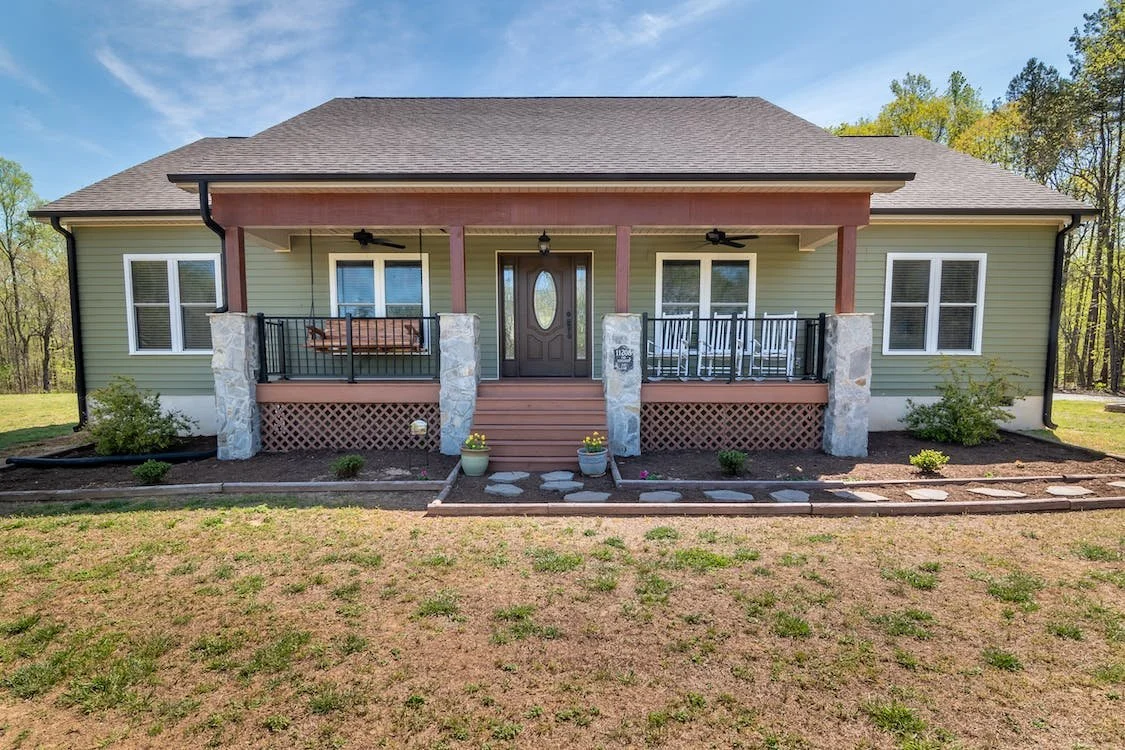How the Interest Rate Hike Impacts Multifamily
Experts weigh in on what to watch following the Federal Reserve's latest increase.
As widely anticipated, the Federal Reserve on Wednesday afternoon again lifted the federal funds target by 75 basis points. The announcement of the rate hike is intended to both trim demand and reduce inflation over the coming months. Reaction to the announcement from observers across the multifamily industry was swift.
“This week’s rate increase was expected, especially after the CPI report earlier in the month,” Dave Borsos, vice president for capital markets at the National Multifamily Housing Council, told Multi-Housing News. “Looking ahead, investors will need to continue to closely monitor the pace of inflation, and if the Fed may begin considering smaller rate increases. However, if inflation continues at an elevated level, then the Fed has clearly communicated they will keep rates increased until inflation is under control.”
The multifamily sector hasn’t been as affected by increasing interest rates as has the single-family industry. “However, along with the broader economy, if high interest rates remain persistent for the foreseeable future, there will be a negative impact on development, despite the strong demand we are currently experiencing,” Borsos added.
Continuing changes
The Fed continues to use the chief weapon at its disposal—interest rates—as it battles against persistently elevated inflation, noted Jamie Woodwell, the Mortgage Bankers Association’s vice president of commercial real estate research. Inflation’s negative impacts are seen in multifamily development. Costs have grown over the past year, with the result that each new unit becomes more expensive to build, he said.
“The downside of the Fed’s actions, however, can also be seen in the fact that each bump in rates makes building and financing apartments more expensive, making it harder for new deals to pencil out,” he said. “The Fed’s actions have had a more pronounced effect on shorter-term than longer-term rates. Even so, the cost of long-term borrowing has just about doubled since the beginning of the year.
“As a result, after a record start to the year for borrowing and lending, we expect a marked slowdown in the second half as developers, buyers, sellers, lenders and others all adjust to the continuing changes in market conditions,” Woodwell added. “At this point, it isn’t that there is a lack of equity or debt funding available. It’s that the market is adjusting to the terms and rates of that funding.”
Liquidity exists for both debt and equity transactions. But capital is more selective and has gravitated to lower-risk profiles, said Kelli Carhart, head of multifamily debt production for CBRE. The current environment makes it daunting to finance large loans. Multifamily investment sales are anticipated to drop for the remainder of 2022, but activity has stayed at historic levels.
“Headwinds, including rising rates, declining leverage and larger equity checks putting pressure on returns will continue to impact the market,” she said. “Investors are still waiting for cap rates to adjust and interest rates to continue to move up.”
The rate increase doesn’t readily or directly impact securing fixed-rate financings, said Marcus Duley, chief investment officer of Walker & Dunlop Investment Partners.
Increases in the yields for 7-year and 10-year Treasuries impact fixed-rate loans, he added. As the Fed hikes the Fed funds target range, index rates such as Term SOFR or LIBOR typically increase as well. “With both rising index rates and now lenders wanting much higher spreads, floating-rate loans are becoming more expensive, coupled with lower proceeds based on actual DSCR constraints, and much higher cost for lender-required interest rate caps.”
Most impacted
Core market assets and value-add investments, given that these deals have often been financed with variable-rate debt, are most likely to be the product type adversely affected. Investors could confront substantial negative leverage that would make fulfilling debt service obligations a hurdle, said David Scherer, co-CEO of Origin Investments. “The build-for-rent (BFR) sector may be one of the greatest beneficiaries of the current rate hike, and the cumulative increases that have taken place,” he said.
“There are literally millions of current renters and want-to-be-homeowners that are trapped. They have been priced out of buying their first homes. BFR creates the same housing dynamic without the financial burden.”
The underlying multifamily fundamentals are still good, Carhart said. Though rent increases are expected to moderate, overall demand for housing is robust. “A lack of affordable housing will also continue to drive demand in that space,” she said, noting that higher mortgage rates and lack of affordability in single-family will benefit multifamily.
Doug Prickett, senior managing director, research and investment analytics with Transwestern, agreed. Demand in the rental market should remain strong with the alternative for-sale market becoming less affordable, he said. But at the same time, new supply may slow due to the increasing cost and declining availability of construction financing.
“With an already existing shortage of housing stock, demand pressure on existing product will intensify,” Prickett concluded. Three months ago, another rate hike spurred strong opinions from multifamily sector observers.

